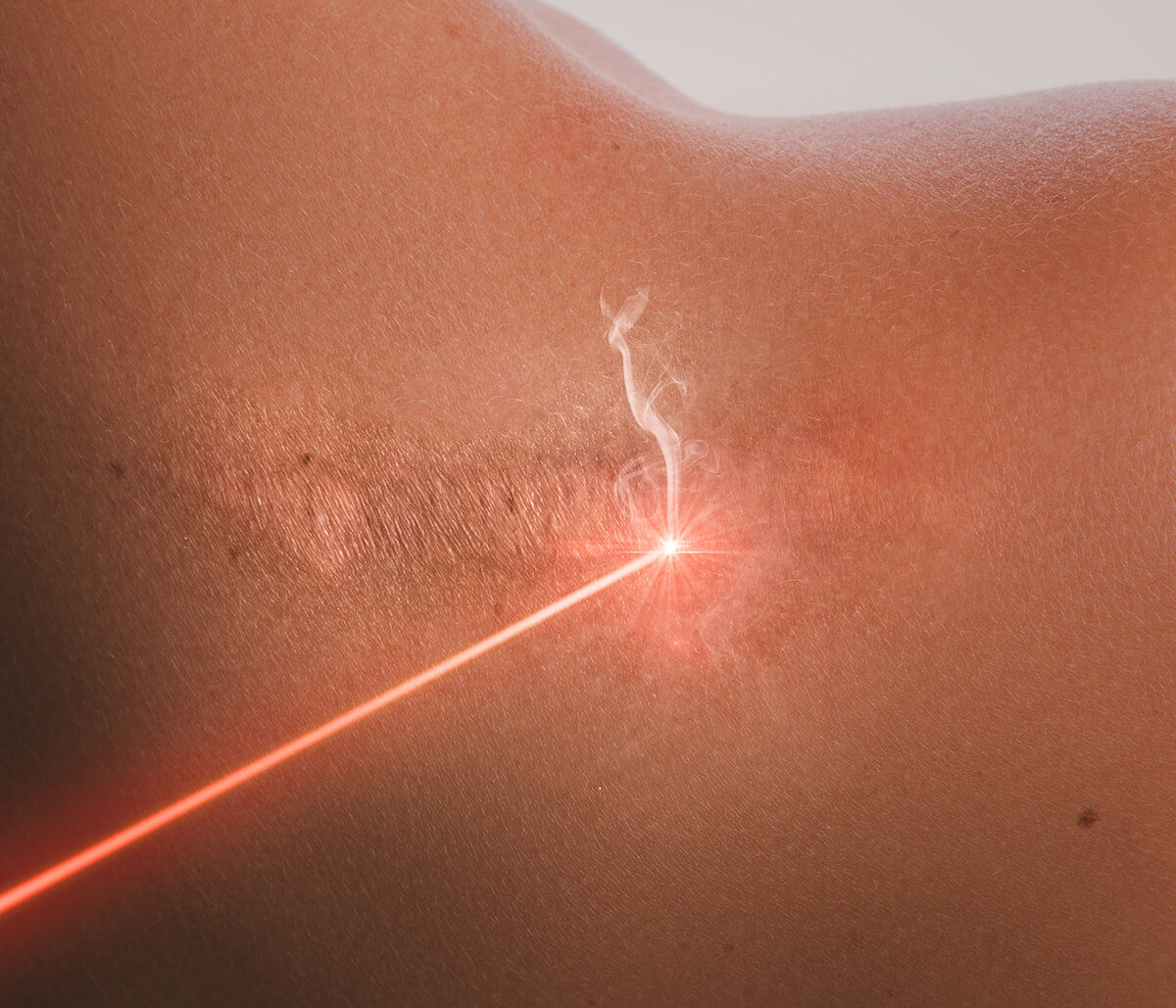Treatments
Laser Treatment
Laser treatment is a medical procedure that uses a concentrated beam of light to remove or reduce the appearance of certain skin conditions, such as age spots, wrinkles, and unwanted hair. The light energy from the laser is absorbed by the targeted cells, which causes them to break down and eventually be absorbed by the body.
There are different types of laser treatments available, each designed to target specific skin conditions. For example, a laser called a non-ablative laser can be used to stimulate collagen production, which can help reduce the appearance of fine lines and wrinkles. An ablative laser, on the other hand, can be used to remove the top layer of skin and reduce the appearance of age spots and scarring.
The procedure is typically done in a doctor's office or clinic, and can take anywhere from a few minutes to an hour, depending on the size of the area being treated. Local anesthesia or a numbing cream may be used to minimize discomfort. After the procedure, patients may experience redness and swelling, which typically subsides within a few days.
It's important to note that laser treatment is not suitable for all skin types, and certain risks and side effects may be associated with the procedure. Before undergoing laser treatment, it's important to discuss the potential risks and benefits with a qualified healthcare professional.
